A follow-up email can boost revenues considerably. In sales, it may take around eight attempts to reach a prospect. So, companies that hesitate to remind clients about themselves are likely to underperform in the long run. Still, around a half of sales reps (44%) give up after the very first follow-up.
To balance out such a disappointing fact, we decided to create a complete guide on how to follow up with leads. Click To TweetHow many follow-ups to send?
The number of emails depends on the lead you’re going to address. If you follow up with “warm” leads, you can send around five emails, or even more – depending on how long-standing your relationships are.
However, even if you reach out to loyal customers, don’t go too far with the number of emails. There’s always a chance that your previous emails occasionally landed in “Spam” or recipients forgot to answer you.
But if 6 or 7 messages in a row don’t receive a single response or action, a subscriber is likely no longer interested in you.
Things are a little different when following up with “cold” leads. Because cold emails are sent in bulk and mostly to new email addresses, too many disregarded messages may put your sender domain reputation in danger. That’s why it’s recommended to follow up 2 or 3 times only.
How long to wait before emailing the next follow-up?
Pauses between emails are required precautions for not seeming annoying or rude. Give your recipients time to respond to the original message. If no response, follow up with a polite reminder 2 or 3 days after.
The next sequence of follow-ups will depend on recipients’ actions. People who have previously demonstrated interest in your company or brand, for example, browsed a website or clicked on a Facebook ad, can be emailed several times. Consequently, to maintain the good-natured tone of your emails, you should extend pauses between them. For example, you may send the second follow-up 4-5 days after the 1st and then wait around a week – to email the 3d message.
Most subscribers or “cold” leads who’ve previously demonstrated little to no interest in your brand won’t turn to be active – even after a series of follow-ups. Therefore, you can take a 7-days pause before sending the second email, and if there is no answer again, abandon further attempts.
Why should you follow up via multiple channels?
Email is the widest communication channel, but, fortunately, not the only one. You can address leads via several social media channels, display ads, in-app ads, influencers, and other channels. Consequently, your company will be able to interact with prospects via multiple touchpoints, and the results of the overall outreach campaign will be far better.
The only thing is – to align communications that your team handles across multiple channels. This requires having a comprehensive marketing strategy that includes elaborated Buyer persona profiles, content plans, marketing automation tools, and KPIs.
What is the best way to send a follow-up email?
When you plan content for follow-ups, start with a subject line. If you do email marketing, you probably already know it should be engaging, personalized, and free from spammy words. There are a few recommendations to add to these:
- include recipient’s name
Email subject lines that include recipients’ first names get 41% more unique clicks compared to those without personalization.
- include numbers and times
According to HubSpot, adding the word “Quick” to the subject line can result in a 17% increase in the number of opened emails.
In addition to a well-written subject line, add references into a follow-up copy. Mention previous negotiations, agreements, or concerns so that a recipient can better recall you or your company in memory.
Don’t overwhelm the follow-up email with a wordy self-presentation. Start with a brief, polite intro, get to the point straight away, and highlight 1 or 2 key points. Avoid using closed-ended questions, like “Are you interested in…?”. Instead, provide some valuable information that you didn’t specify in the initial message and wrap up the follow-up with one clear CTA.
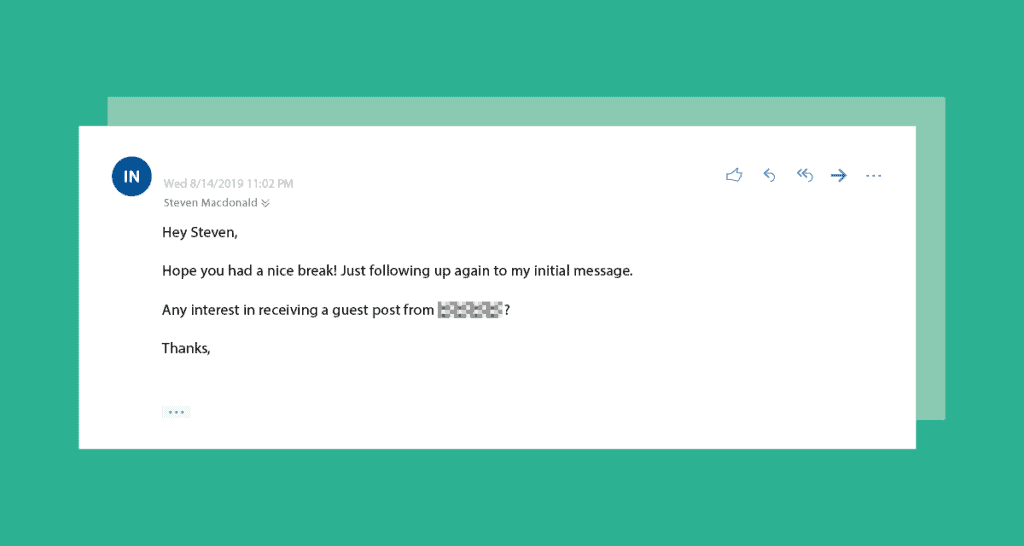
How to write follow-ups?
Writing an apt follow-up isn’t a difficult task, indeed. All one has to do is to adhere to these eight steps:
- Recall previous emails or dialogues with a lead and determine what you have already said and where you left off
- Think of the additional information you can provide the recipient with
- Pick up and tailor some good follow-up email template
- Write down a compelling email subject line
- Add a straightforward call-to-action
- Spell check your message
- Add Cc or Bcc recipients, if required
- Click “Send” and wait for the response.
8 types of follow-up emails that are definitely worth sending
A follow-up after the trigger event
A trigger is an occasion on either the recipient or your side. For example, if a client signed up within your website, you can follow up with him or her with a welcome email. Or – if your company extends the range of services offered, it can follow up to clients with the announcement on the news, as well.
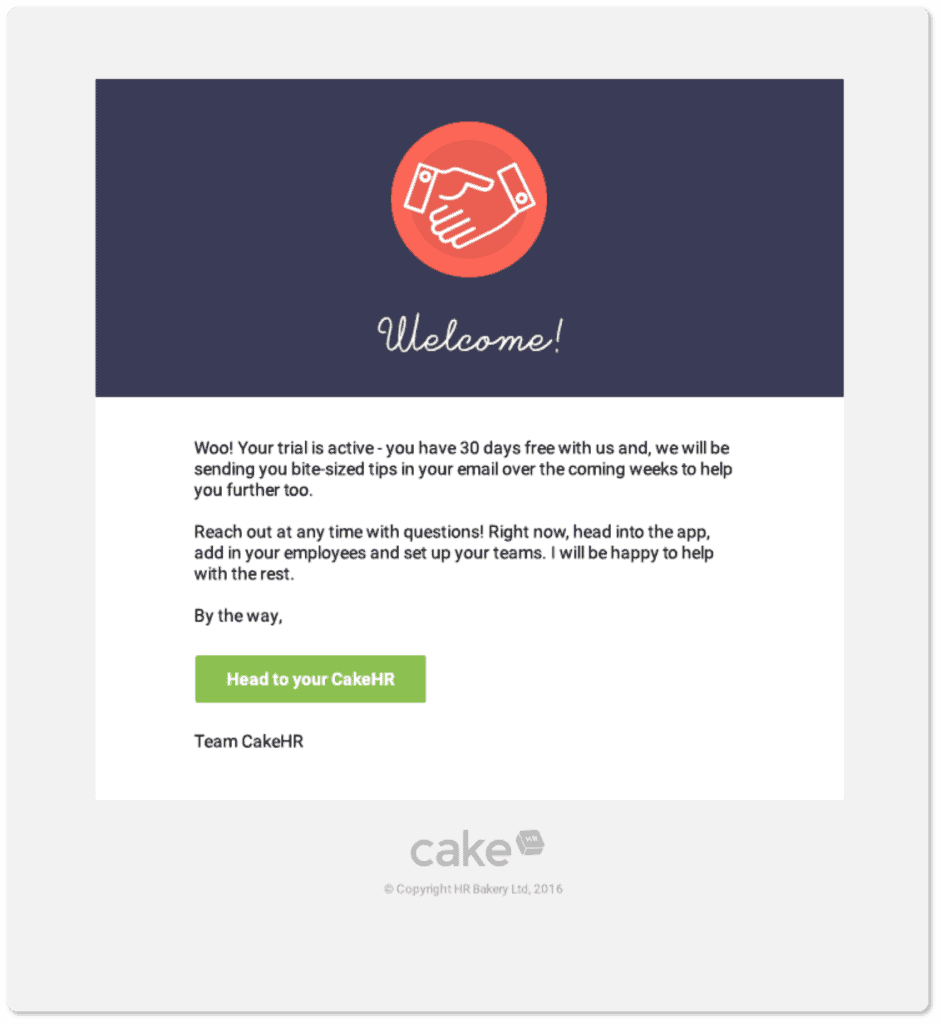
A follow-up to address customer pain points
The best way to make people interested in your email content is to explain how exactly you can help solve their specific problem. Referring to pain points in the copy allows you to demonstrate awareness about the client’s needs and your willingness to meet them better than peers.
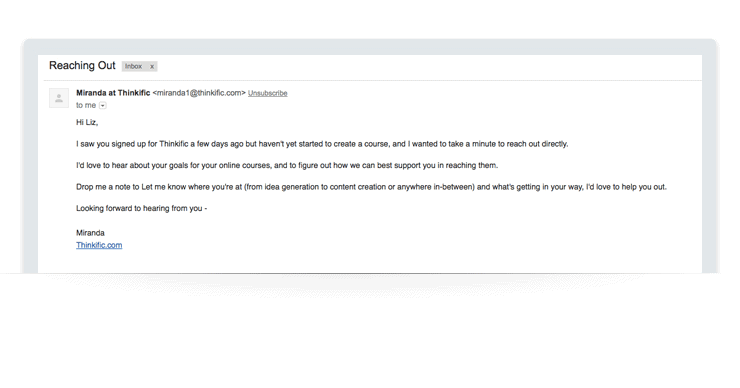
Following up with engaging content
Make people want to open and read the message by writing about trendy topics that will grab their attention. For example, if you address entrepreneurs, you can share success stories about market leaders or other motivating content. If you follow up with people who are concerned with fat loss, you can include recommendations from nutritionists or limited access to paid workout courses.
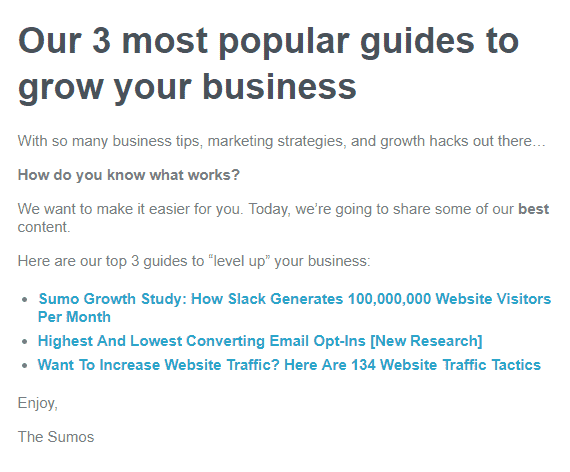
Following up with a benefit
A “carrot” in an email can boost opens and clicks considerably. If you manage an online store, you can entice subscribers with cash bonuses or free samples. If you follow up on the B2B market, it’ll be better to focus on non-monetary incentives. These may include offering additional services at no cost and others.
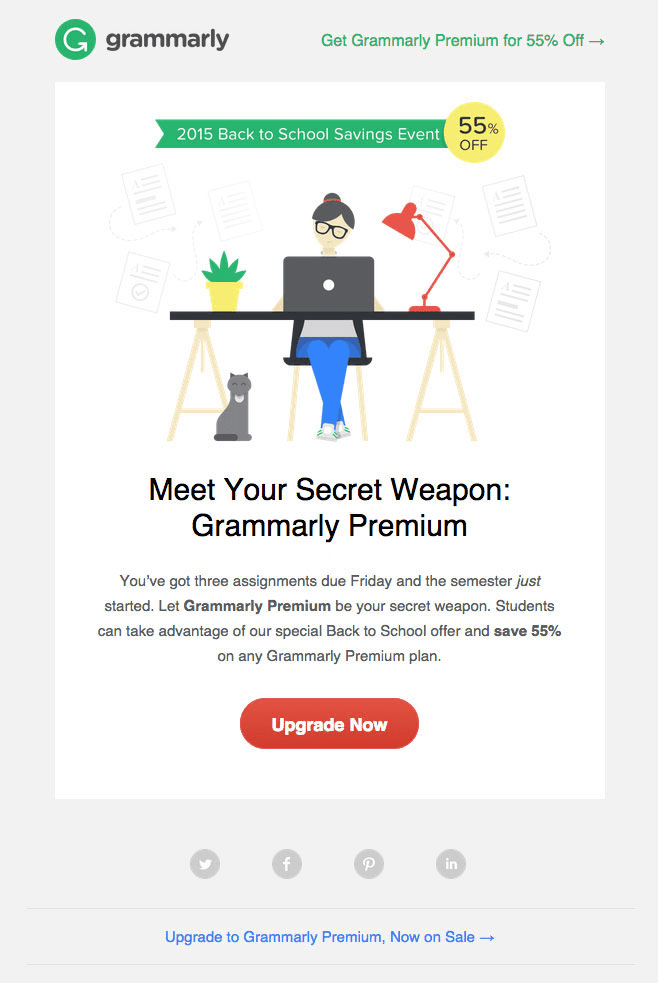
Following up with social proof
This is a powerful psychological effect. It implies that people who aren’t sure about the matter tend to rely on other people’s opinions rather than on their own. You can use social proof to follow up with rather “cold” prospects and make clients advocate for your brand.
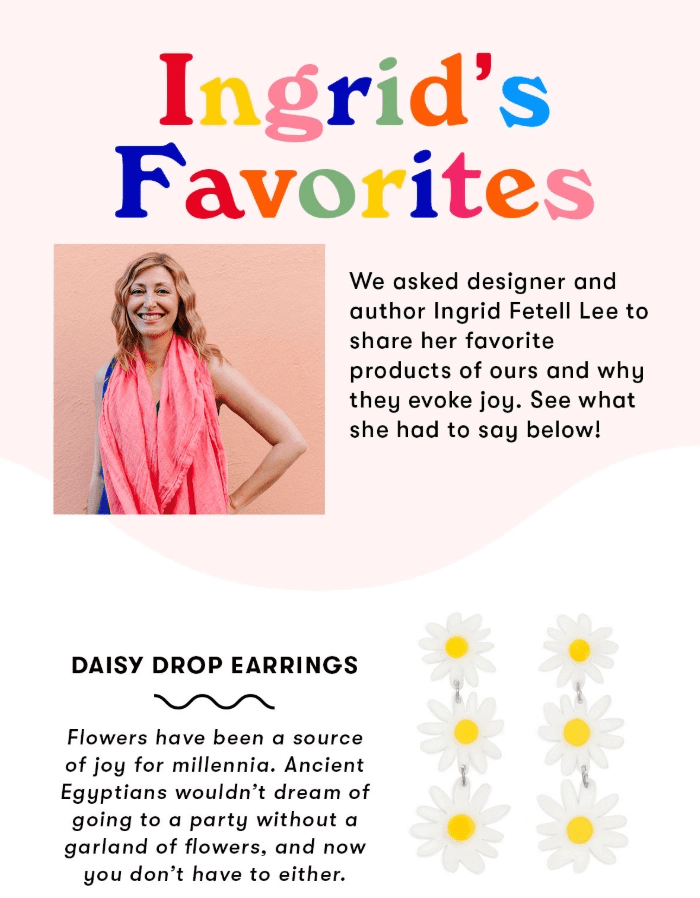
Following up with testimonials from clients
Another trick to follow up is to embed content from well-known review platforms, such as Trustpilot, TripAdvisor, or Clutch. When people see your company is appreciated by others, they are more willing to trust it.
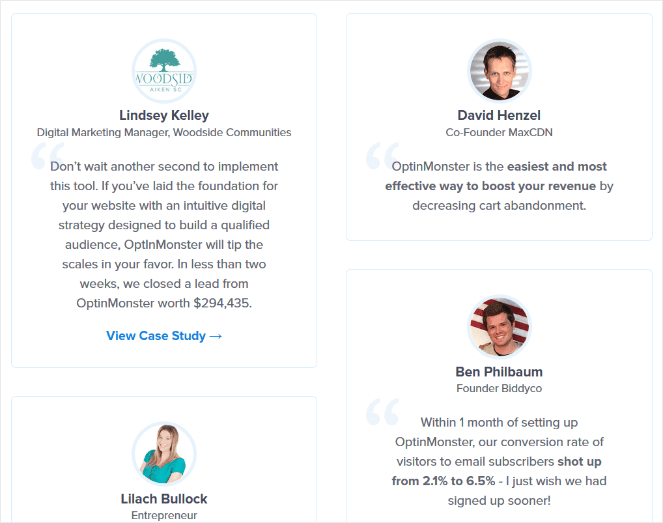
A breakup email
Sometimes you have to stop further communication. In this case, send the “last call email”. Politely explain the reason for breaking up, and mention how a subscriber can continue receiving your newsletters.
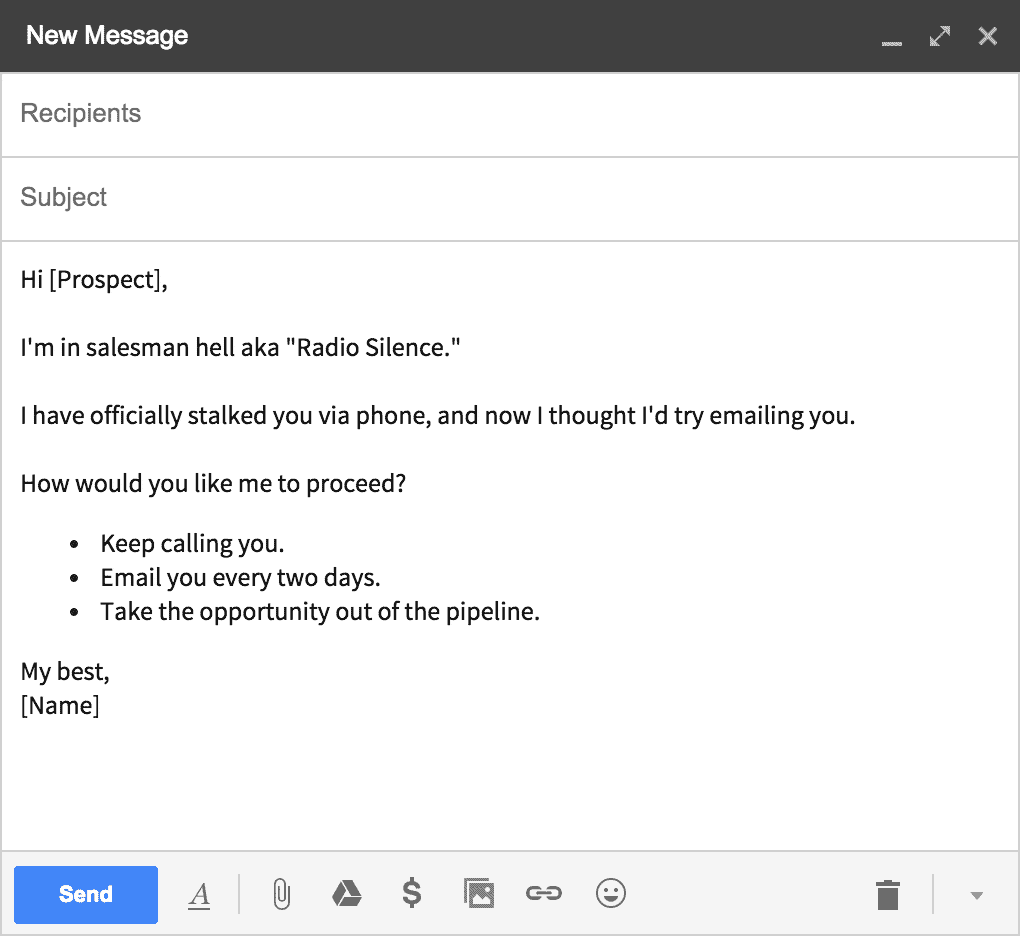
Guidelines for sending high-performing follow-ups
The general rule is to extend the waiting period between subsequent emails and supplement each message with some value – not just to insist on a response. You should, by all means, be polite when asking whether the recipient got acquainted with the previous message. Other tips include:
- address recipients by names
- send people helpful information based on their needs and interests
- be brief yet precise about possible further steps
- include referrals and social proof
- don’t use multiple CTAs – it’s better to use only one.
Following up after no response is essential to keep the sales pipeline full. Companies that are mindfully persistent in their reaching out attempts don’t pass up potential sales and perform far better than their less insistent peers.